Structural steel fabrication is a critical aspect of modern construction, playing an essential role in the creation of buildings, bridges, and various other structures. This article will delve into the intricate steps involved in the structural steel fabrication process, explore the materials and techniques used, and highlight the importance of quality control and safety standards in the industry.
1. What is Structural Steel?
Structural steel refers to steel shapes, plates, or bars that are engineered for use in construction. It is fabricated to specific sizes and shapes, which provide the necessary strength and support for structures. Common shapes include beams, columns, angles, and channels.
1.1 Importance of Steel in Construction
Steel is renowned for its high strength-to-weight ratio, durability, and flexibility, making it ideal for various construction applications. Its versatility allows architects and engineers to design innovative and complex structures that would be challenging to achieve with other materials. Additionally, steel is recyclable, contributing to sustainable building practices.
2. What is Structural Steel Fabrication?
Structural steel fabrication is a multifaceted process of cutting, bending, and assembling steel for the purpose of creating the final structural products. In the fabrication process of steel structures, several pieces of steel members of various forms are put together following engineering design drawings and assembled to form different structures of predefined shapes and sizes. The steel structural process is quite complex involving skilled manpower. Fabricated steel structures are found everywhere including in buildings, industrial equipment, tools, the construction industry, and various other final products.
However, note that structural steel fabrication doesn’t mean all the weldings that are performed for strengthening or repairing steel. Steel fabrication is a highly specialized skill requiring wide experience and understanding to convert raw steel components into final useful products satisfying the requirements of various codes and standards.
3. Stages of Structural Steel Fabrication
The major stages that are involved in the structural steel fabrication process are:
3.1 Design and Planning
The first stage of structural steel fabrication involves thorough design and planning. Architects and engineers collaborate to create detailed drawings and specifications for the structure. This phase includes:
- Structural Analysis: Determining the loads the structure must withstand.
- Drafting: Creating detailed plans and blueprints, often using software like AutoCAD or BIM (Building Information Modeling).
- Material Estimates: Calculating the quantity and type of steel required.
3.2 Material Selection
Once the design is finalized, selecting the appropriate steel grade and type is crucial. Factors influencing this choice include:
- Load Requirements: Different grades of steel can handle varying levels of stress.
- Environmental Conditions: Corrosive environments may require weather-resistant steel.
- Cost: Budget constraints may influence material selection.
3.3 Structural Steel Cutting and Shaping
3.3.1 Cutting of Structural Steel
First, the product drawing is received from the design team. It is read thoroughly to understand and find out the required steel members. Next, the structural steel fabricators cut the steel using methods like shearing, sawing, chiseling, plasma cutting, water jet cutting, or laser cutting. The steel structural fabrication process is done in a closed manufacturing facility involving abundant safety measures.
3.3.2 Bending Structural Steel
The bending of structural steel is performed by fabricators either by hammering or using machines. Machines are used when the number of repetitive bending on the project is large.
3.4 Assembling Structural Steel
In this stage of the structural steel fabrication process, steel elements are combined together to give it a final shape. This mostly involves welding and bolting. Assembled parts are quality-checked at this stage.
Welding is a critical process in structural steel fabrication, providing the strength necessary to hold the structure together. Types of welding commonly used include:
- Shielded Metal Arc Welding (SMAW): Also known as stick welding.
- Gas Metal Arc Welding (GMAW): Commonly referred to as MIG welding.
- Gas Tungsten Arc Welding (GTAW): Also known as TIG welding.
3.5 Cleaning the surface and Blasting
In the next step, the structure surface is cleaned of the unnecessary elements stuck over the surface during cutting, bending, welding, or other steps. Several cleaning methods like surface rusting, blasting machine treatment, etc are used to clean the surface and make it ready for painting.
3.6 Painting the Steel Structure
Painting is the last stage of the structural steel fabrication process. Anti-rust paints are used to resist corrosion from environmental impacts. The steel structures are generally painted with 1 layer of anti-rust paint and 2 layers of normal paint or coating. The coating sometimes is used to resist fires.
Various design software packages have been used in recent times to supervise the steel fabrication process. Steel structures are usually produced in the facility and finally assembled at the construction site.
4. Reason for Fabricating Structural Steel
Fabrication of structural steel provides multi-dimensional benefits in construction and other projects. Some of the advantages are:
Affordability: Compared to other available metallic options, steel is stronger and quite cheaper. Hence, steel provides more value in the fabrication industry.
Prefabrication Ability: Prefabrication reduces the amount of required work to be done on-site. Structural steel is easily prefabricated and carried to the construction site for final assembly. For fast-tracking projects, prefabrication saves a lot of construction time.
Low Maintenance: Steel requires less maintenance as compared to its other counterparts. Also, the steel provides easy repairability and long-lasting capabilities.
Appearance: Steel provides an enhanced appearance to projects regardless of the look required.
Environmental: As steel can be endlessly reused and recycled, it is environmentally friendly. Steel production requires less energy and generates less carbon dioxide.
Strength: Structural steel is one of the strongest metals and weighs up to a third less than comparable metals. It is highly durable.
Malleable: Structural steel is malleable and can be formed into any complex shape to meet project requirements. Also, structural steel, being an alloy, the properties can be adjusted as required.
Structural steel is coated with fire-resistant materials to make it highly resistant to fire. It is water-resistant. When designed and built properly, It can withstand storms and earthquakes.
5. Uses of Structural Steel Fabrication
The modern age can not be thought of without structural steel. Structural steel fabrication is used in all industries like construction, manufacturing, automotive, shipbuilding, and other industries. Some of the applications of structural steel fabrication are listed below:
Manufacturing Industries: The manufacturing industry uses structural steel to produce industrial stairs, platforms, steel ladders, mezzanines, steel handrails, and more.
Construction Industries: Steel beams, steel plates, girders, steel sections of various shapes (H, I, L, Angle, Plate), etc form parts of a large group of fabricated steel structures in the construction industry.
Energy Industry: The energy industries highly rely on fabricated structural steel. Transmission towers, pipelines, wind turbines, oil and gas well platforms, nuclear plants, etc all use various structural steel fabrication methods.
Mining Industry: Structural steel fabrication is part of the mining infrastructure. Various structural steel sections like fittings, pipes, grating, rods, beams, rails, etc are widely used in the mining industry.
Shipbuilding Industry: The shipbuilding industry is heavily reliant on structural steel fabrication for its parts like ferries, recreational boats, and supertankers.
Aerospace Industry: To manufacture various aircraft parts, Structural steel is essential.
Automotive industry: Automotive engines and various safety features use structural steel fabrication in the automotive industry.
High-rise, Industrial, Residential Buildings, Parking Garages, Bridges, etc
6. Structural Steel Fabrication Elements
The normal elements for the structural steel fabrication process are:
- Steel plates
- Formed and expanded steel pipe and tube stocks.
- Structural Sections like I-sections, H-sections, C-sections, L-sections, etc.
- Welding Wire
- Casting
7. Tools and Equipment for Structural Steel Fabrication
7.1 Cutting Tools
Various tools are employed for cutting steel, including:
- Band Saws: For straight cuts.
- Plasma Cutters: For complex shapes.
- Laser Cutters: For precision work.
7.2 Welding Equipment
The choice of welding equipment can impact the quality of the final product. Common tools include:
- MIG Welders: Ideal for quick welds.
- TIG Welders: For high-quality, clean welds.
7.3 Inspection Tools
Ensuring the integrity of the steel is paramount, and inspection tools include:
- Ultrasonic Testing Equipment: For detecting internal flaws.
- Magnetic Particle Testing: To identify surface cracks.
8. Quality Control in Steel Fabrication
8.1 Importance of Quality Control
Quality control ensures that the fabricated steel meets design specifications and industry standards. It minimizes risks associated with structural failures and enhances safety.
8.2 Standards and Certifications
Several organizations set standards for structural steel fabrication, including:
- American Institute of Steel Construction (AISC): Provides guidelines for steel structures.
- American Welding Society (AWS): Establishes welding standards.
9. Safety Standards in Steel Fabrication
9.1 Workplace Safety
Safety is paramount in the fabrication industry. Essential practices include:
- Personal Protective Equipment (PPE): Hard hats, gloves, and goggles.
- Safety Training: Regular training for employees on safe practices.
9.2 Environmental Considerations
Environmental concerns are increasingly relevant in steel fabrication. Practices include:
- Waste Management: Proper disposal of scrap metal.
- Pollution Control: Minimizing emissions from welding and cutting processes.
The structural steel fabrication process is a complex and essential part of modern construction. Understanding each step, from design to installation, highlights the importance of precision, quality control, and safety.


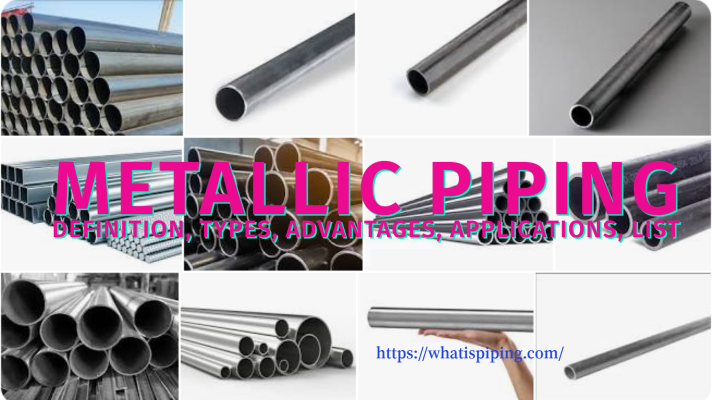
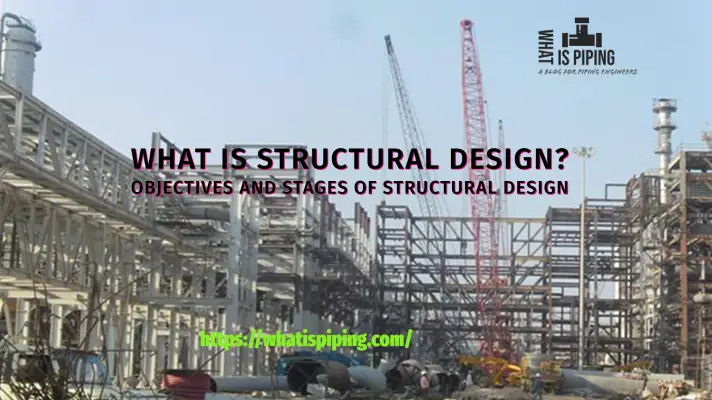
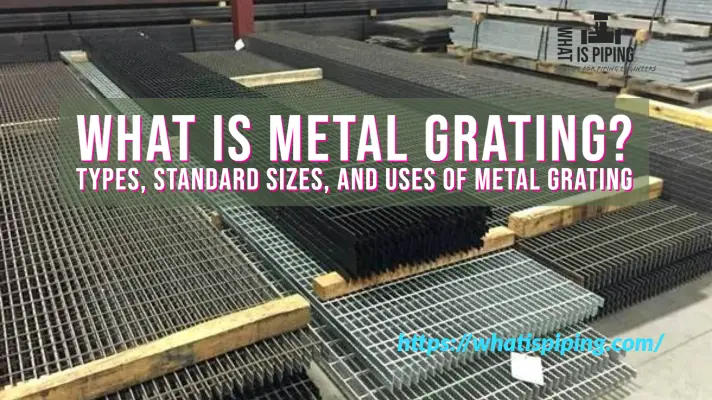
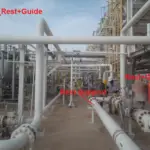
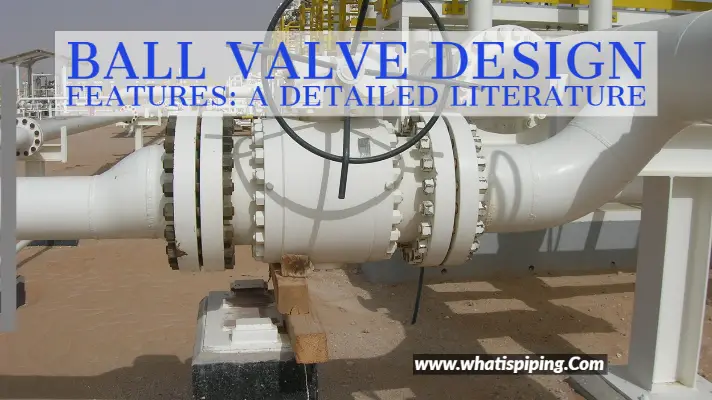

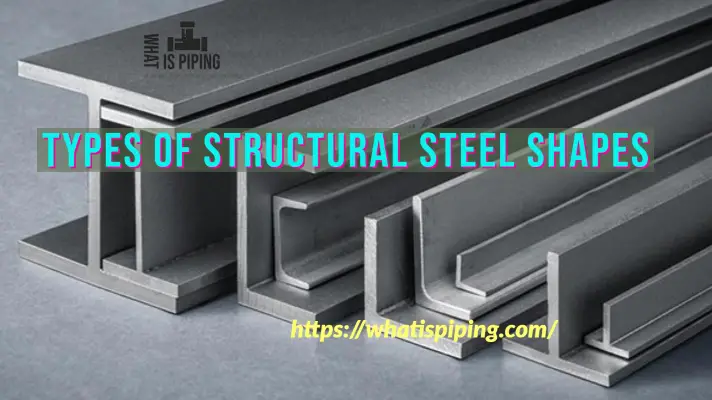
Thanks for explaining how the construction industry also benefits a lot from structural steel welding services. I’d like to find a good welding service soon because I’m thinking about getting a new vacation home built soon. Being able to find the right kinds of materials for that will be very important to look into when planning out the timeline of the project.
I like that you mentioned how structural steel fabrication is a multifaceted process of cutting, bending, and assembling steel for the purpose of creating the final structural products. I was watching a video last night and I saw how steel fabrication is performed. From what I’ve learned from the video, it seems there are warehouse steel services now.
Nice information to this. i really like this post. Thank you for excellent content
Structural steel fabrication is a multifaceted process of cutting, bending, and assembling steel for the purpose of creating the final structural products.